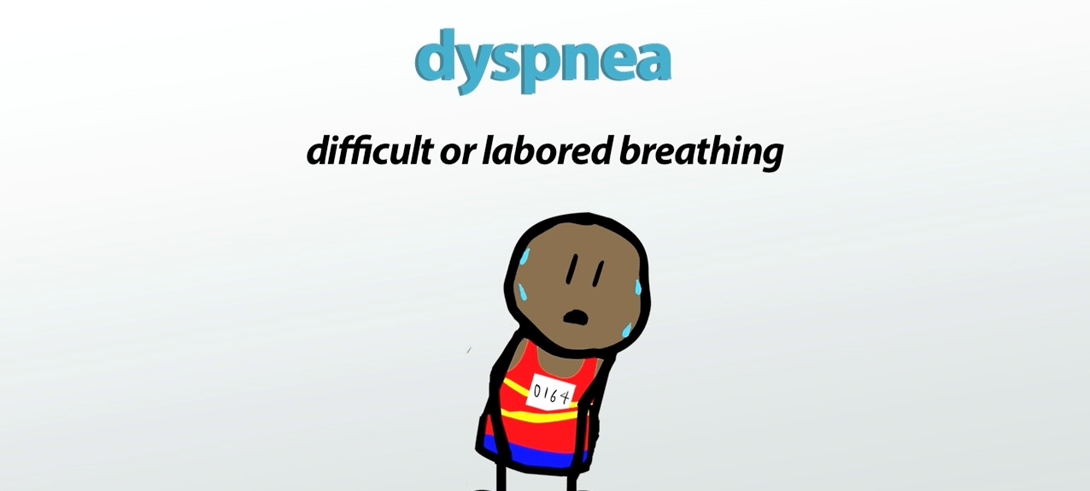You realize that your client's bladder functions are only slightly altered by the physiological changes of age. What might you expect if an older person is experiencing urinary incontinence?
A shortened warning time between the desire to void and actual micturition
The first urge to void occurs at the midbladder volume (250-350 mL)
Diarrhea is the most common gastrointestinal complaint made to the health care provider
Constipation as a symptom of altered bladder functions
None of the above
The Correct Answer is A
Choice A reason: A shortened warning time between the desire to void and actual micturition is a common sign of urinary incontinence in older adults. It is caused by the decreased bladder capacity, increased bladder irritability, and reduced urethral resistance that occur with aging.
Choice B reason: The first urge to void occurs at the midbladder volume (250-350 mL) is not a correct answer, as this is the normal bladder sensation for adults of all ages. It does not indicate urinary incontinence.
Choice C reason: Diarrhea is the most common gastrointestinal complaint made to the health care provider is not a correct answer, as it is not related to urinary incontinence. It is a separate condition that affects the bowel movements.
Choice D reason: Constipation as a symptom of altered bladder functions is not a correct answer, as it is not a direct cause or effect of urinary incontinence. However, constipation can worsen urinary incontinence by increasing the pressure on the bladder and pelvic floor muscles.
Choice E reason: None of the above is not a correct answer, as there is one choice that is true for urinary incontinence in older adults.
Nursing Test Bank
Naxlex Comprehensive Predictor Exams
Related Questions
Correct Answer is ["B","C","D","E"]
Explanation
Choice A reason: Determining coughing frequency is not a reliable way to assess whether the client has adhered to prescribed therapy, as coughing can have various causes and may not be related to heart failure or its treatment.
Choice B reason: Checking for peripheral edema is a useful way to assess whether the client has adhered to prescribed therapy, as peripheral edema is a common sign of fluid retention and worsening heart failure. If the client has been taking diuretics as prescribed, the edema should be reduced or absent.
Choice C reason: Auscultating the lungs bilaterally is a helpful way to assess whether the client has adhered to prescribed therapy, as lung sounds can indicate the presence or absence of pulmonary congestion and crackles, which are signs of fluid overload and worsening heart failure. If the client has been taking medications to improve cardiac function and reduce fluid volume as prescribed, the lungs should be clear or improved.
Choice D reason: Assessing diet over the last 48 hours is a relevant way to assess whether the client has adhered to prescribed therapy, as diet can affect fluid and sodium intake and retention, which can worsen heart failure. If the client has been following a low-sodium and fluid-restricted diet as prescribed, the risk of fluid overload and dyspnea should be lower.
Choice E reason: Comparing current weight to baseline is an important way to assess whether the client has adhered to prescribed therapy, as weight can reflect fluid status and changes in heart failure condition. If the client has been taking medications and following dietary recommendations as prescribed, the weight should be stable or decreased.

Correct Answer is A
Explanation
Choice A reason: Avoiding sick people and washing hands is the most important client teaching for the nurse to include for the prevention of hospitalizations for exacerbations of COPD, as it can reduce the exposure to respiratory infections, which are the main cause of COPD exacerbations. The nurse would advise the older adult to stay away from people who have colds, flu, or other contagious illnesses, and to wash their hands frequently with soap and water or use alcohol-based hand sanitizer.
Choice B reason: Using low-flow oxygen for dyspnea is a possible client teaching for the nurse to include for the prevention of hospitalizations for exacerbations of COPD, but it is not the most important one, as it depends on the severity of the condition and the oxygen saturation level of the patient. The nurse would advise the older adult to use oxygen therapy as prescribed by their doctor, and to monitor their oxygen level with a pulse oximeter.
Choice C reason: Easing breathing by sitting upright is a helpful client teaching for the nurse to include for the prevention of hospitalizations for exacerbations of COPD, but it is not the most important one, as it is a supportive measure that does not address the underlying cause of the exacerbation. The nurse would advise the older adult to sit upright or lean forward when they have difficulty breathing, and to use pursed-lip breathing or abdominal breathing techniques.
Choice D reason: Eating nutrient- and calorie-dense foods is a beneficial client teaching for the nurse to include for the prevention of hospitalizations for exacerbations of COPD, but it is not the most important one, as it is a long-term strategy that does not prevent the immediate risk of exacerbation. The nurse would advise the older adult to eat a balanced diet that provides enough protein, carbohydrates, fats, vitamins, and minerals, and to avoid foods that can cause gas, bloating, or reflux.
Whether you are a student looking to ace your exams or a practicing nurse seeking to enhance your expertise , our nursing education contents will empower you with the confidence and competence to make a difference in the lives of patients and become a respected leader in the healthcare field.
Visit Naxlex, invest in your future and unlock endless possibilities with our unparalleled nursing education contents today
Report Wrong Answer on the Current Question
Do you disagree with the answer? If yes, what is your expected answer? Explain.
Kindly be descriptive with the issue you are facing.
